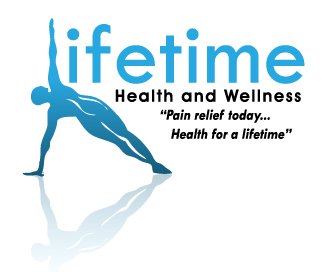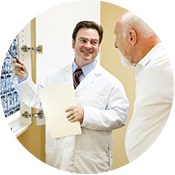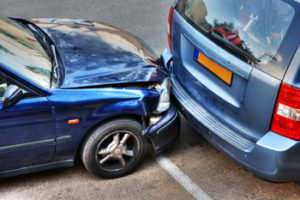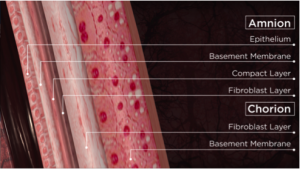No more cracking and popping necessary to get you out of pain.
Just as lasers have replaced scalpels in some surgeries,
advanced technology has become available to the chiropractors at Lifetime Health and Wellness
to deliver chiropractic adjustments to relieve your back and neck pain.
This patented and FDA registered device was specifically created
to deliver gentle and precise chiropractic adjustments to the joints of the spine and extremities to relieve pain and restore function.
The Impulse Adjusting Instrument® is controlled by micro-computer circuitry housed within the device
that produces a controlled force that chiropractors can use to treat different areas of the body.
Born out of over a decade of research and engineering, Impulse® produces a controlled force that our chiropractors can use to treat different areas of the body with virtually no strain on the PATIENT’S body, while giving an accurate adjustment every time. Specifically tuned to the natural frequency of the body that joints, muscles and nerves respond to, optimizing results for you the patient.
Reach out to our office today to schedule your free consultation for us to demonstrate how we can adjust you safely and comfortably.




